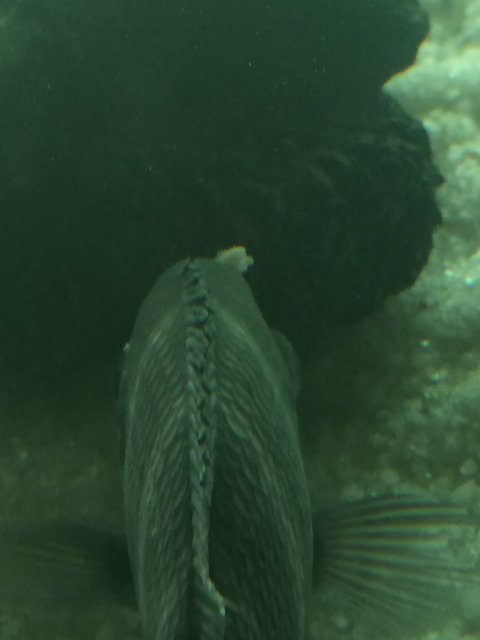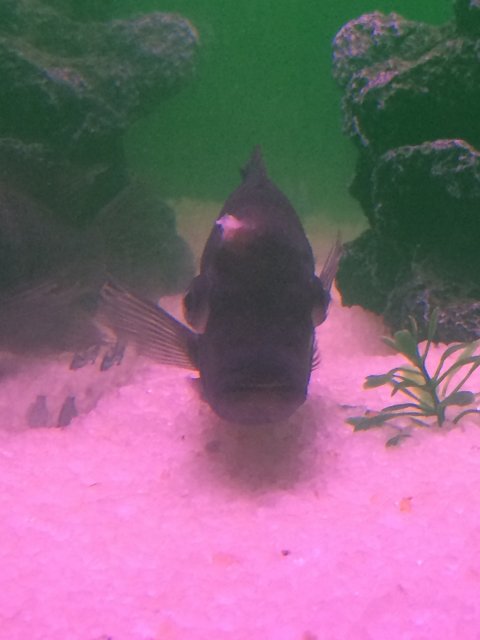He is suffering what i think is cotton wool disease. Yesterday when i noticed the cotton growth on his bump i separated him and applied anti fungal medication the wool sheded and again reappeared today . He is not eating anything and is going weak this way he will starve before i treat him . Pls help what can i do to make him healthy.









